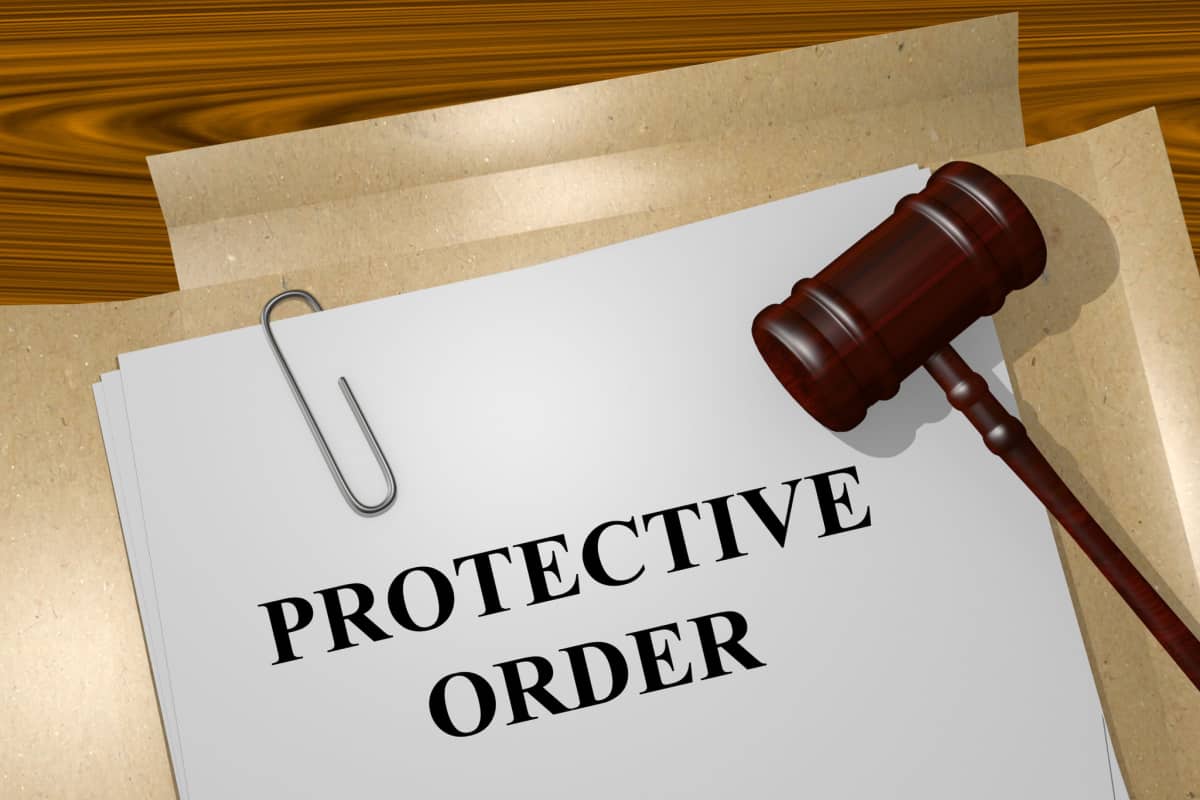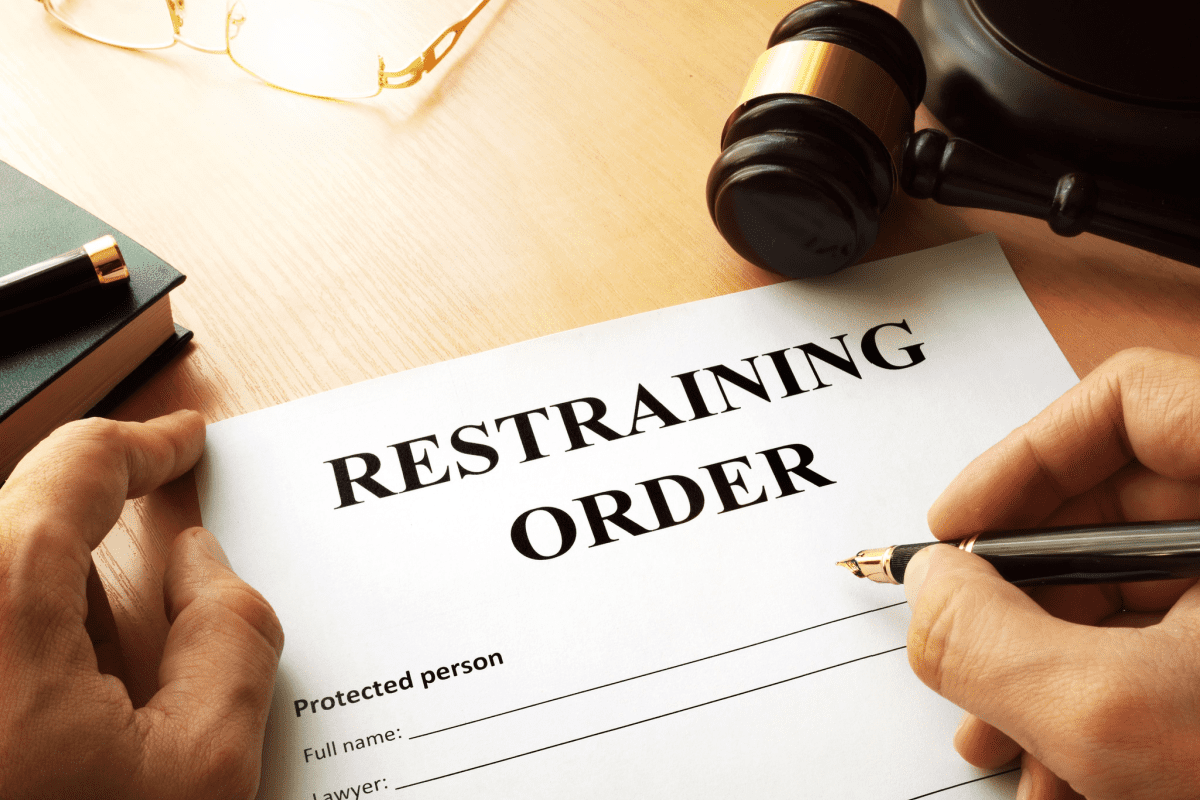Scenarios That Could Lead to a Protective Order

A recent case appeared in the San Diego County Superior Court in August 2021 involved an attorney seeking a restraining order protecting her client, who feared for her safety, from her abusive husband.
The attorney’s evidence of abuse included accounts of the husband slamming doors, slinging sexist insults at his wife, and even getting physical with her, which resulted in a head injury (he denied fault). She attempted to build her case around a legal concept, not typically used at the time called coercive control: a pattern of financial, emotional, and psychological manipulation that victim advocates say can be a precursor to domestic violence.
The judge, however, denied the restraining order request, questioning why the plaintiff would have remained married for five years with an abusive husband and had a child with him. It is this kind of skepticism of domestic abuse victims that has long been toxic in the U.S. family court system.
Restraining orders are tricky, which is why victims need to know the legal details of what scenarios justify a protective order.
What Exactly is a Protective Order and How Do You Get One?
According to the Superior Court of California, Orange County, a criminal protective order is made by a judge to protect a witness or victim of a crime from the restrained person, who is then forbidden by law to hurt, threaten, stalk, or communicate with the victim.
There are two types of protective orders: a Criminal Protective Order-Domestic Violence (CR-160) and a Criminal Protective Order-Other Than Domestic Violence (CR-161). These may be issued by a judge after the defendant, or restrained person, is arrested, charged, or found guilty of a certain crime.
More specifically, California law identifies four types of protective orders against:
- Domestic violence
- Civil harassment
- Elder or dependent adult abuse
- Workplace violence
To successfully secure a Protective Order, a victim’s attorney must prove to the court that the accused abuser has:
- Hurt the plaintiff, physically
- Made the plaintiff fear the defendant
- Made verbal threats
- Attempted to stop the plaintiff from testifying
If a protective order is rewarded, more specific terms in the mandate can be included, such as:
- Stay-away orders, which will prohibit the restrained person from coming within a certain distance of the protected plaintiff, their children, work, home, or more.
- Personal conduct orders that ban the restrained person from doing things to/with the victim, like making phone calls, destroying personal property, harassing, and assaulting.
- Eviction orders, which force the restrained party to move out from the protected party’s living area.
What are Scenarios That Can Lead to a Domestic Violence Restraining Order?
Several scenarios that the California court system would deem worthy of a domestic violence restraining order to be issued for the victim would be if the defendant committed the following:
- Sexual assault
- Inflicting or attempting to cause physical injury
- Robbing the victim of their basic needs
- Causing the victim to fear they are in danger
- Molesting, attacking, striking, or using force against the victim
- Controlling or monitoring all finances of the victim
- Stalking
- Isolating the victim from friends and family
- Destroying personal property
- Threatening or harassing the victim in person or via phone calls or emails
- Coercive control that disturbs the victim’s peace of mind

What Proof is Needed for a Restraining Order?
Temporary or emergency protective orders (EPOs) are usually granted by California courts based on the victim’s allegations, but an extended protective order requires more evidence, or reasonable proof, to be presented at the hearing, including:
- Eyewitnesses who heard or saw a violent scenario
- Threatening voicemails, texts, or emails from the accused
- Photo evidence of any wounds from physical abuse
- Medical records
- Police reports
What if the Restrained Party Owns a Gun?
The statute in California involving restraining orders and guns/firearms is among the country’s first “red flag” laws, which dictates that if a person poses a danger to themselves or others and they aren’t already legally banned from possessing weapons for another reason, the court will petition a judge to temporarily seize their firearms. This also includes that the restrained party is not allowed to buy, try to buy, or try to receive a gun.
If the restrained person violates the restraining order, they could get jail time, a $1,000 fine, and a criminal record.
How Long Does a Protective Order Last?
The maximum time a restraining order lasts is five years from the court date that the order was given. A temporary restraining order (TRO), however, may only last a few months and is usually issued prior to a restraining order.
An emergency protective order lasts five to seven days and can be issued by law enforcement when responding to a domestic violence call if:
- They believe the victim needs immediate protection from another person.
- They reach out to a judge and get approved for the EPO by the court.
Can Restraining Orders be Renewed?
After the five-year lifeline of a protective order has expired, it can be renewed if the victim still feels threatened by the restrained party by requesting a Domestic Violence Restraining Order Renewal (DVTRO) up to three months before the order expires.
According to California Family Code 6345, a judge in the California court system will consider the request and determine whether or not the DVTRO could stay in place permanently.
This came into play in the 2004 California Court of Appeals case Ritchie v. Konrad, when the court dissected the more specific factors of whether or not to renew a DVTRO, which included:
- Approval of the renewal if the court finds evidence that the protected party has a reasonable apprehension of future abuse.
- Consideration of the evidence that the initial restraining order was based on to evaluate the risk of future abuse.
- Examination of any significant changes in the circumstances surrounding the original order to make sure the changes still support a renewal.
- If the order was not based on physical abuse, the court needs to consider the other problems for the restrained party.
A proactive approach to divorce or legal separation can be beneficial, especially if complex assets or family-owned businesses are involved. Get started today by contacting us online or calling 949-438-3886.

